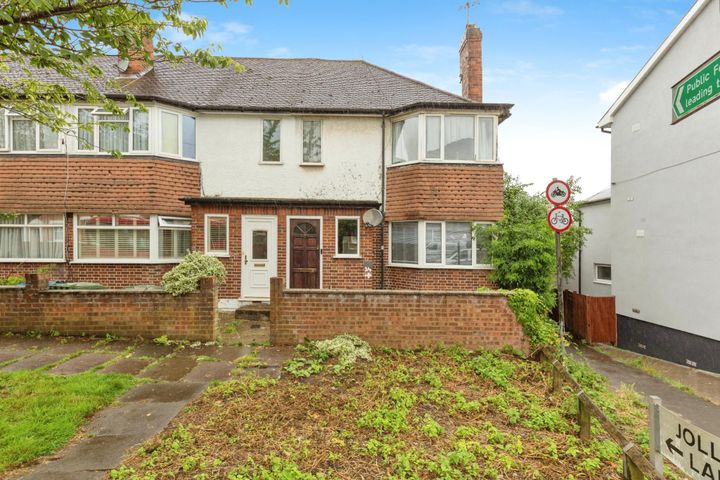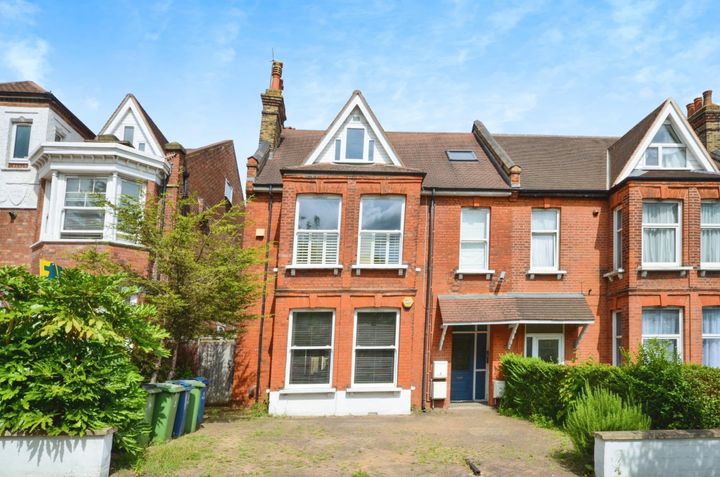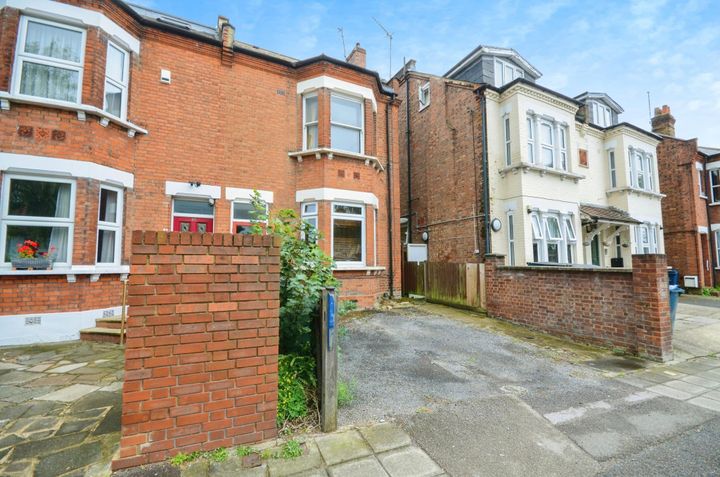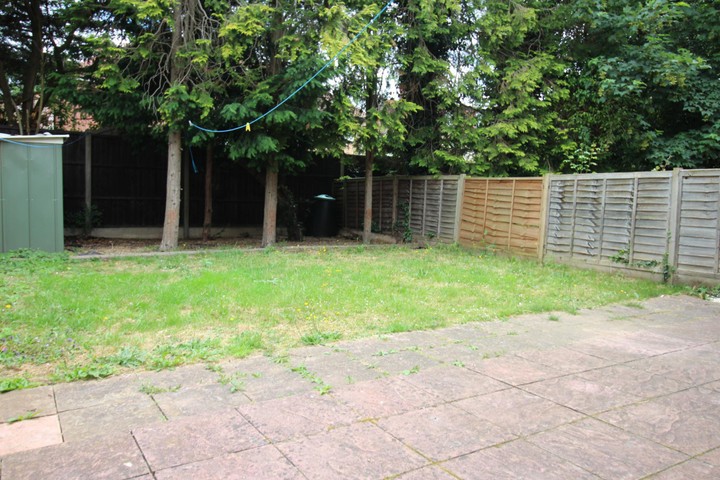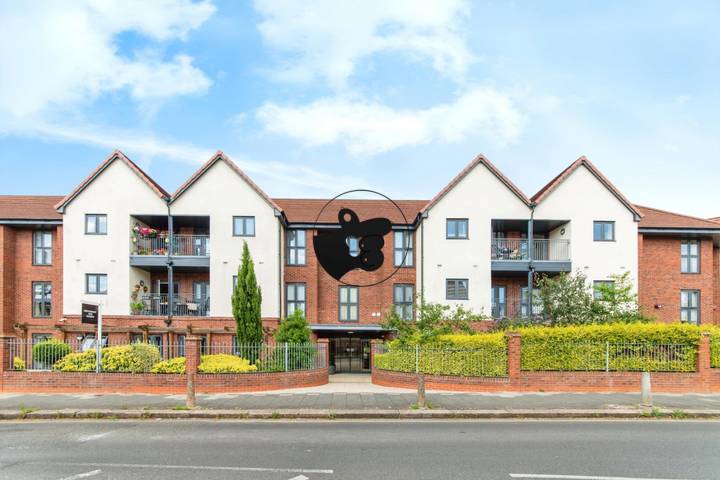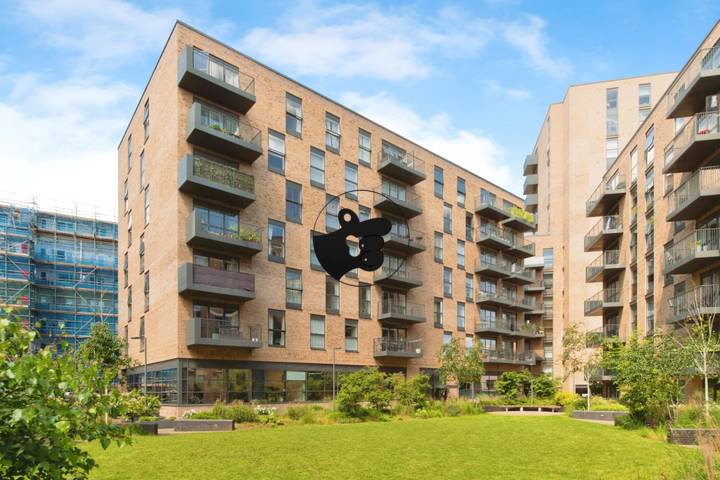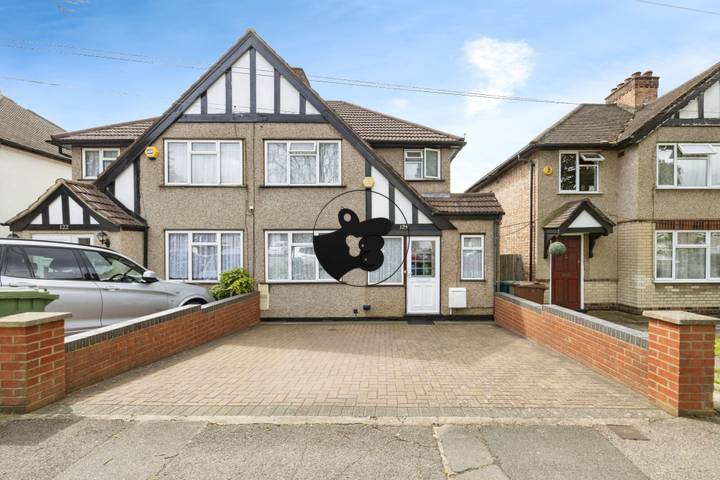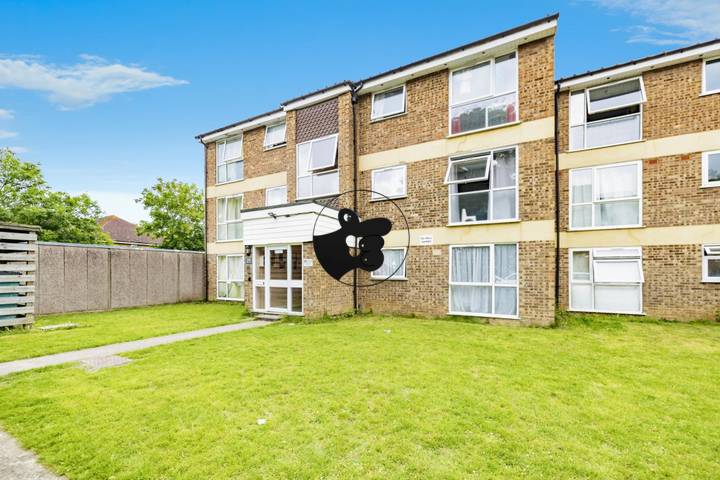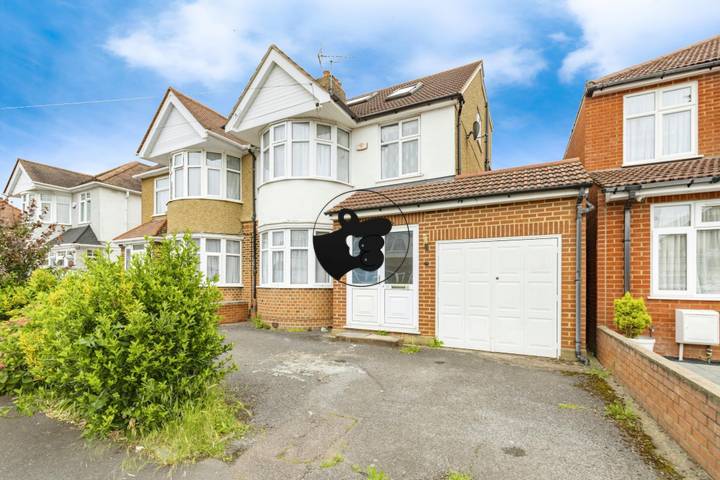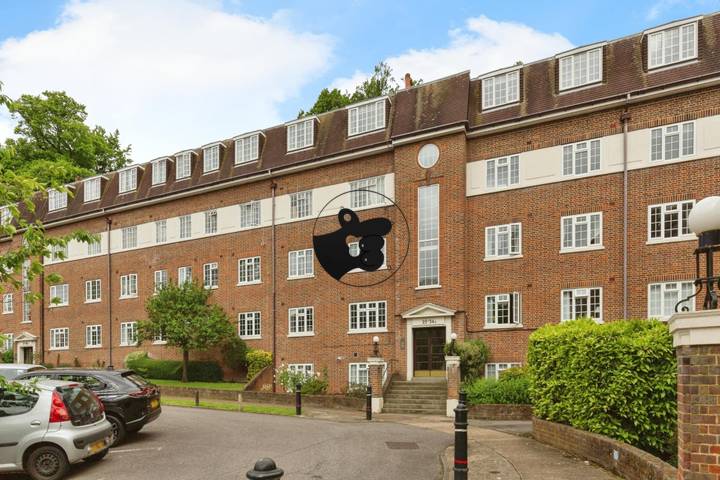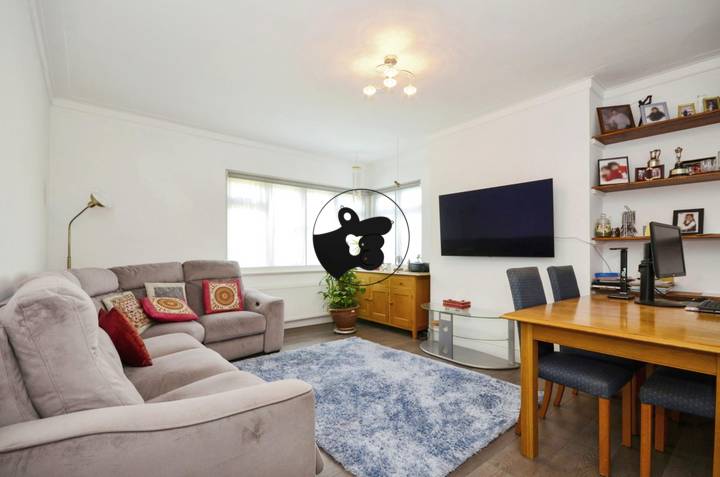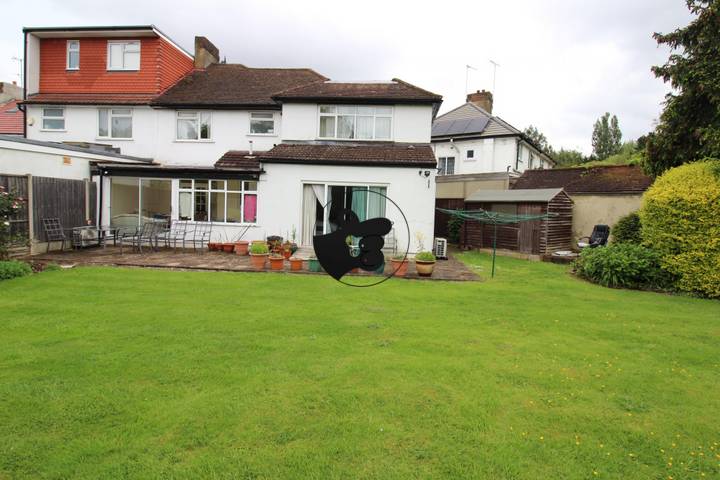Several factors influence real estate prices in Harrow, including location, transport links, local amenities, and school quality. Properties situated near the town center, which boasts shopping facilities and entertainment options, tend to command higher prices. Proximity to transport networks, such as the Metropolitan Line and National Rail services, also plays a critical role; homes within walking distance of stations like Harrow-on-the-Hill or Harrow & Wealdstone are often priced higher due to the swift commute to central London. Additionally, the quality of local schools can significantly affect property values; areas zoned for well-regarded schools such as Harrow School or Nower Hill High School attract families willing to pay a premium for access to quality education. Other amenities, including parks, healthcare facilities, and cultural attractions, further enhance desirability and can lead to increased real estate prices in the region. Furthermore, market trends and economic conditions, such as interest rates and housing supply, also play a vital role in shaping the real estate landscape in Harrow.
Harrow
Location
Price Range
Any price
Price Range
Minimum
No min
Maximum
No max
Property type
Show all
Property type
Show all
House
Apartment
Building
Other
Bedrooms
Any beds
Bedrooms
Minimum
No min
Maximum
No max
Surface Range
Any surface
Surface Range
Minimum
No min
Maximum
No max
Sale type
For sale
Sale type
Show all
To rent
For sale
Location
Apartments and houses for sale in Harrow
14 results
Recent
Harrow insights
| Aspect | Summary |
|---|---|
| Population | 250,000 |
| Average Property Price | £500,000 |
| Rental Yield | 4.5% |
| Average Rent | £1,800 |
| Occupancy Rate | 95% |
| Capital Growth Rate | 3% per annum |
| Property Tax | £2,000 per year |
| Transaction Costs | 3% of property price |
| Expected ROI | 7.5% |
| Economic Growth Impact | Moderate, driven by infrastructure projects |
Harrow FAQ
What factors influence real estate prices in Harrow?
How have real estate prices in Harrow changed over the past year?
Over the past year, real estate prices in Harrow have seen a noticeable increase, reflecting broader trends in the London housing market. According to recent data, property prices in Harrow rose by approximately 8% from the previous year, with the average price of a home now hovering around £500,000. This surge has been particularly evident in areas like Harrow-on-the-Hill, where charming period homes are seeing competitive bids that push prices upwards. The demand for family homes has also contributed to price increases around good school catchment areas, with properties in these zones often receiving offers above the asking price. Studio apartments, once considered more affordable, have similarly appreciated in value, with some listings reporting increases of as much as 10% year-on-year, driven by young professionals seeking convenient commutability into central London.
Are property prices in Harrow higher than in nearby areas?
Property prices in Harrow tend to be higher than in some nearby areas, such as Pinner and Wealdstone. The average price for a residential property in Harrow is around £500,000, driven by its good transport links, including access to the London Underground and several bus routes. In contrast, areas like Wealdstone have average property prices closer to £400,000, making them more affordable for first-time buyers or investors. Additionally, Pinner, despite being relatively affluent, shows slightly lower averages than Harrow itself, with properties averaging around £475,000. Factors such as local schools, amenities, and green spaces contribute to the demand for Harrow, influencing its property prices compared to its neighbors.
What is the average price of a house in Harrow?
As of late 2023, the average price of a house in Harrow is approximately £540,000. Prices can vary significantly depending on the type of property and its location within the borough. For instance, a two-bedroom flat might be listed around £350,000, while larger family homes, such as four-bedroom houses in sought-after areas like Harrow-on-the-Hill, can reach upwards of £800,000. Additionally, areas closer to transport links, such as Harrow's Metropolitan and Bakerloo line stations, tend to command higher prices. Data shows that the housing market in Harrow has seen fluctuations, with some neighborhoods experiencing faster growth due to new developments and regeneration projects.
How do schools affect real estate prices in Harrow?
Schools play a significant role in influencing real estate prices in Harrow, as the quality and reputation of local educational institutions can drive demand for housing in specific areas. For instance, properties located near high-performing primary and secondary schools, such as Harrow School and Bentleywood High School, often see increased interest from families looking for educational opportunities for their children. This demand can lead to higher property values in those neighborhoods, as parents are willing to pay a premium for the perceived benefits of living within catchment areas of top-rated schools. Conversely, areas with lower-performing schools may experience stagnation or a decline in property values, as potential buyers might seek homes in more desirable districts with better educational prospects. The overall impact of schools on real estate can also be seen in the rental market, where properties near well-regarded schools often attract higher rental prices, further reflecting the connection between education and housing demand in Harrow.
What types of properties are most common in Harrow?
In Harrow, the most common types of properties include Victorian and Edwardian terraced houses, which often feature period details such as high ceilings and bay windows. Many of these homes are split into flats, catering to the rental market and first-time buyers. Additionally, there is a number of semi-detached and detached family homes, especially in residential areas like Harrow-on-the-Hill, which tend to offer larger gardens and more space. Modern developments have also emerged, providing properties such as apartments in purpose-built blocks and new housing estates, particularly around the town centre and areas close to transport links. There are also some instances of post-war bungalows and estates that contribute to the diverse housing stock in the area.
Is it a good time to invest in real estate in Harrow?
Investing in real estate in Harrow could be influenced by several factors in the current market landscape. As of 2023, Harrow has seen a steady demand for housing, largely due to its appealing mix of suburban living while remaining well connected to Central London via the Metropolitan Line and overground services. Areas like Harrow on the Hill and South Harrow have gained popularity, with prices showing resilience amidst broader economic fluctuations. For instance, properties in proximity to schools, which are a significant draw for families, have been holding their value well. Moreover, recent infrastructural developments, including the regeneration of the town center and ongoing improvements to transportation links, could enhance property values in the long term. However, rising interest rates might affect buyer affordability, potentially leading to a cooling market. These dynamics suggest a nuanced landscape for prospective investors to consider.



